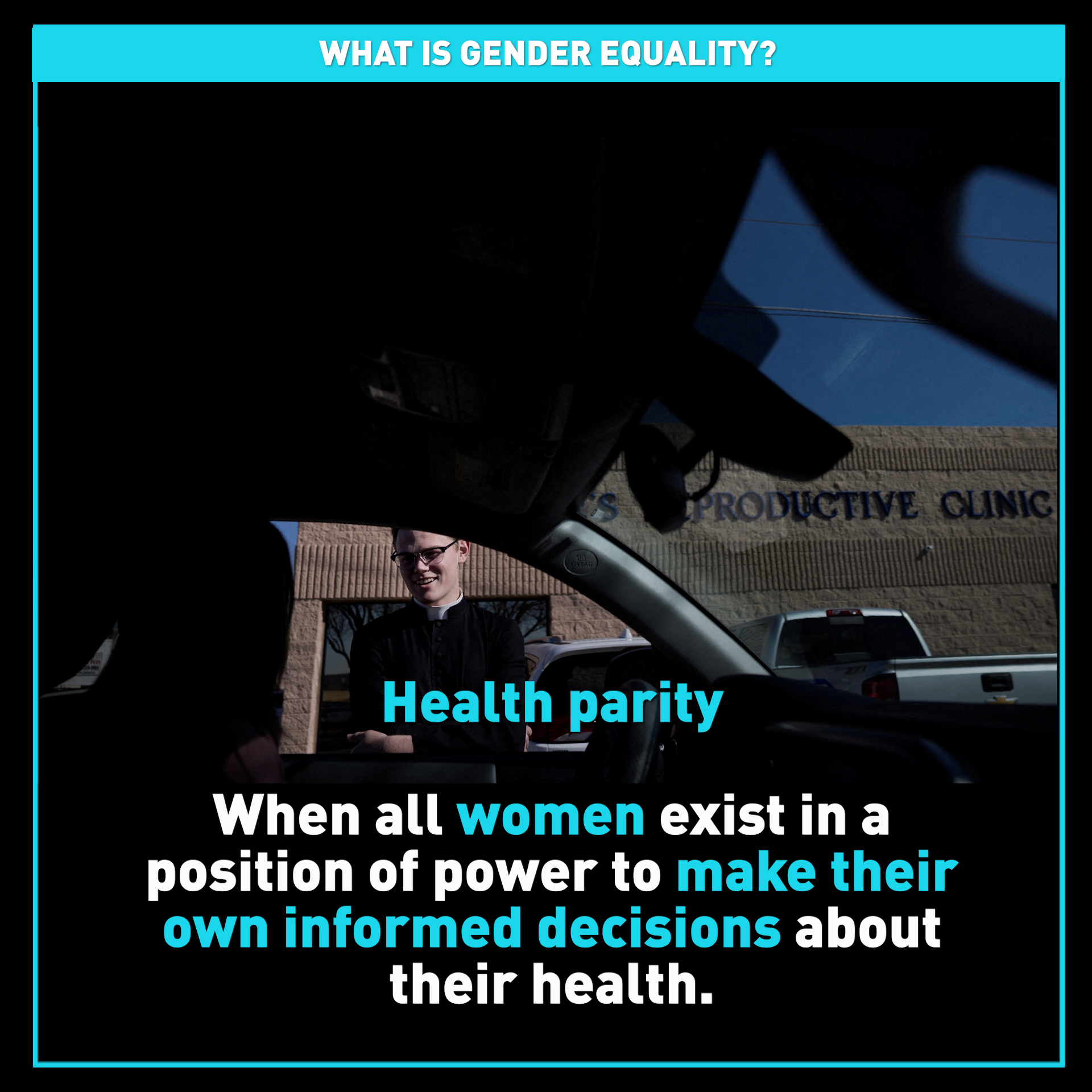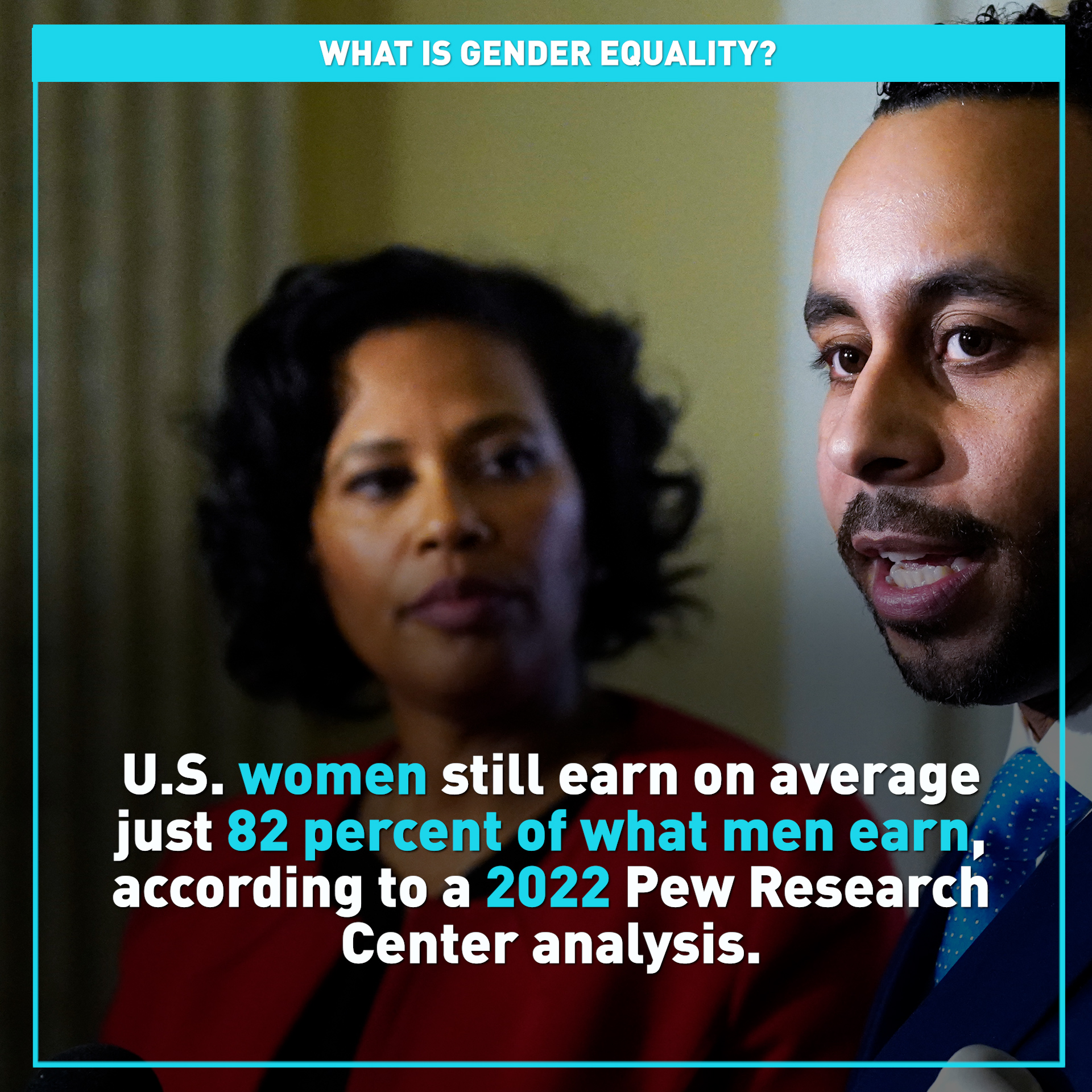
Click arrows to view gallery
Click arrows to view gallery
Wednesday, March 8, is International Women’s Day, celebrating efforts to end gender discrimination and actions that boost an equitable and inclusive world. The United Nations officially recognized International Women’s Day in 1977.
What is gender equality, and what still needs to change to eradicate what is often unconscious bias against females?

Click arrows to view gallery
Click arrows to view gallery
Health parity exists when all women exist in a position of power to make their own informed decisions about their health.
Safety parity exists where the lives of women and girls are valued in a society as much as men or boys, when the societal shame of sexual violence falls on the perpetrator rather than the victim and when violence against women is not socially acceptable.
Workplace parity exists when women can operate in inclusive work cultures where they can select and thrive in their careers, and are paid the same as men for the same work.
Education parity exists when all women and girls have the same opportunities and access to education as men and boys.
U.S. women still earn, on an average, just 82 percent of what men earn, according to a 2022 Pew Research Center analysis.
India is consistently at the top of the list of most dangerous nations for women, who face unpunished sexual violence, forced work, child marriage and physical abuse. It also has some of the most impactful cultural traditions on the lives of its female citizens.
Gender equality has far to come in many countries, but India, Afghanistan, Syria, Somalia, Saudi Arabia, Pakistan, Democratic Republic of Congo, Yemen, Nigeria and the United States have the most work to do, according to a Thomson Reuters Foundation survey.
Countries that invest in girls’ education will see their communities transformed, economies strengthened and inequality reduced, UNICEF says, adding that girls who receive an education are less likely to marry young and more likely to lead healthy and productive lives.
Gender equality does not mean that women and men are the same, but that they have equal value in a society, and are given equal treatment.
The United Nations views gender equality as a human right.
For more, check out our exclusive content on CGTN Now and subscribe to our weekly newsletter, The China Report.